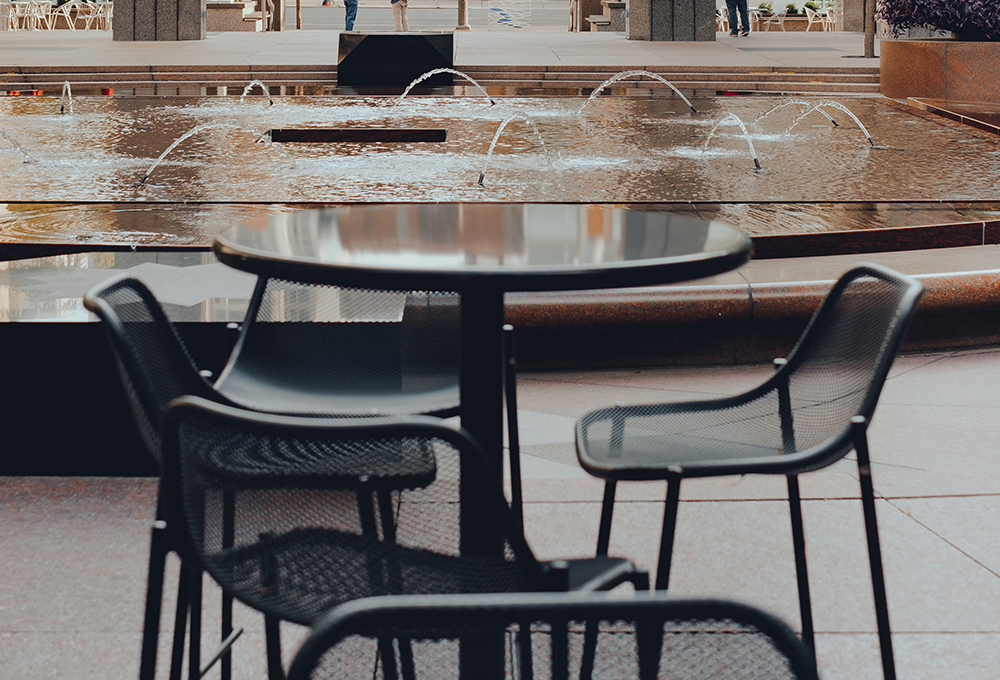Jump to section
Shifting Role of Building Lobbies
Lobbies are becoming increasingly active places as new technologies change how we live, travel, and shop.
As transportation and shopping preferences change, lobbies are being used in new and more intensive ways. Online shopping has led to a significant increase in the amount of package deliveries, especially for multi-family residential and office buildings. Similarly, the rise of Courier Network Services (CNS) like Grubhub and Postmates have increased not only deliveries but the types of deliveries that require special handling. Pick up and drop off activity for Transportation Network Companies (TNCs) has also led to increased usage of lobby spaces as waiting areas. These changes are impacting both the importance and function of building lobbies.
Issues & approaches
Delivery Management: Accommodating increased delivery volume and frequency can create issues of package storage, package security, and delivery access. Typical multi-tenant mailboxes and building mailrooms were not designed to handle today’s package volumes. Unsecured packages create theft risks, and stacked packages may create hazards or impede access. Approaches to managing deliveries can be physical, programmatic, or a combination of both. Allocating adequate amounts of secured space for packages, whether using secure package lockers or additional building staff, will help resolve some of these issues going forward. Delivery access considerations should also be made, both for delivery vehicles and for delivery personnel. Especially in the case of Courier Network Services (CNS) deliveries, access should be both secure but flexible enough to allow for direct-to-tenant deliveries or the storage of perishable items.
Pick-Up and Drop-Off Integration: As less people travel via personal vehicles, the need for waiting places for transit, TNC, and AV passengers will increase. Ideal waiting spaces would be comfortable and sheltered from the elements, while still offering visibility for passengers to see when their transportation arrives. Lobbies could help fill the need for such spaces, by becoming quasi-public spaces rather than being used for tenants only. Doing so may create design challenges for the renovations and retrofits of existing lobbies.
Security and Access Management: As lobbies become more public spaces with increased activity, questions of access and security may arise. With an increased potential for larger numbers of unfamiliar people in these spaces, the increase in activity might also lead to an increased ability for nefarious activities, such as package theft, to be masked or blend in. Managing security and access in these spaces can be achieved with automated systems, staffing, or a combination of strategies in order to provide security while still maintaining access for deliveries and those wishing to use lobby spaces.
Examples/case studies
Related topics

Retail, Commercial & Office
How will the changing nature of travel, employment, and e-commerce impact retail, commercial, and office districts?

Street Relationships
Emerging technologies could change the way buildings relate to streets, affecting street vitality and ground floor uses.

Programmatic Shifts
As less ground floor space is devoted to parking and buildings are better able to engage the street, how might ground floor uses change?
See something that should be here that isn't? Have a suggestion to make?


